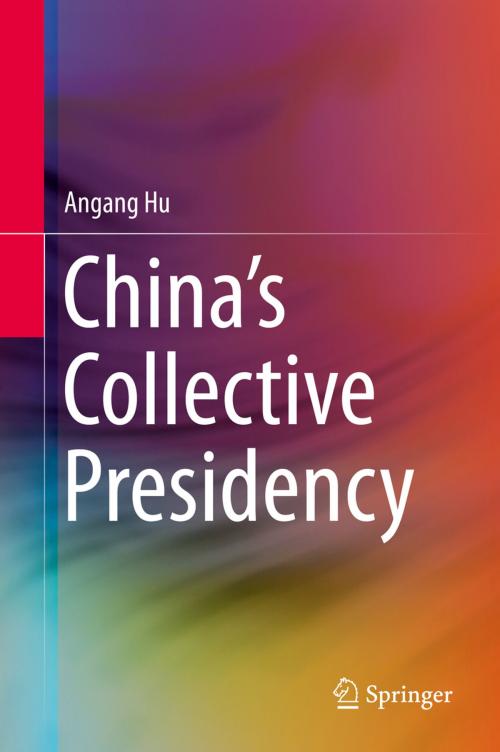China’s Collective Presidency
Nonfiction, Social & Cultural Studies, Political Science, Politics, History & Theory| Author: | Angang Hu | ISBN: | 9783642552793 |
| Publisher: | Springer Berlin Heidelberg | Publication: | June 25, 2014 |
| Imprint: | Springer | Language: | English |
| Author: | Angang Hu |
| ISBN: | 9783642552793 |
| Publisher: | Springer Berlin Heidelberg |
| Publication: | June 25, 2014 |
| Imprint: | Springer |
| Language: | English |
This book examines the historical development of China's collective presidency and identifies five key mechanisms which effectively reduce the asymmetries of knowledge and power. The mechanisms discussed are: group or collective succession, collective division of responsibilities and cooperation, collective learning, collective research and collective decision making. This work presents many facts including historical details showing that the collective presidency of China is a unique and prodigious innovation of the Communist Party of China (CPC) and China's socialist political system. We see how China’s political system stands in contrast to the presidential system that exists in the United States, which can be described as a system of personal responsibility of the president. The author identifies characteristics of the collective presidency and introduces a framework for analysis. Chapters then explore the phases of historical development in detail and examine fundamental features in terms of their historical development, operational characteristics and evaluation. The final chapter summarizes the political advantages of collective presidency, particularly international competitive advantages and readers will discover that the route to success for modern China lies in collective presidency. This book will appeal to anyone who wishes to discover how China’s political system works, to explore its political institutions that operate in conjunction with the CPC and the Chinese state or to discover how a collective presidency can work successfully.
This book examines the historical development of China's collective presidency and identifies five key mechanisms which effectively reduce the asymmetries of knowledge and power. The mechanisms discussed are: group or collective succession, collective division of responsibilities and cooperation, collective learning, collective research and collective decision making. This work presents many facts including historical details showing that the collective presidency of China is a unique and prodigious innovation of the Communist Party of China (CPC) and China's socialist political system. We see how China’s political system stands in contrast to the presidential system that exists in the United States, which can be described as a system of personal responsibility of the president. The author identifies characteristics of the collective presidency and introduces a framework for analysis. Chapters then explore the phases of historical development in detail and examine fundamental features in terms of their historical development, operational characteristics and evaluation. The final chapter summarizes the political advantages of collective presidency, particularly international competitive advantages and readers will discover that the route to success for modern China lies in collective presidency. This book will appeal to anyone who wishes to discover how China’s political system works, to explore its political institutions that operate in conjunction with the CPC and the Chinese state or to discover how a collective presidency can work successfully.















